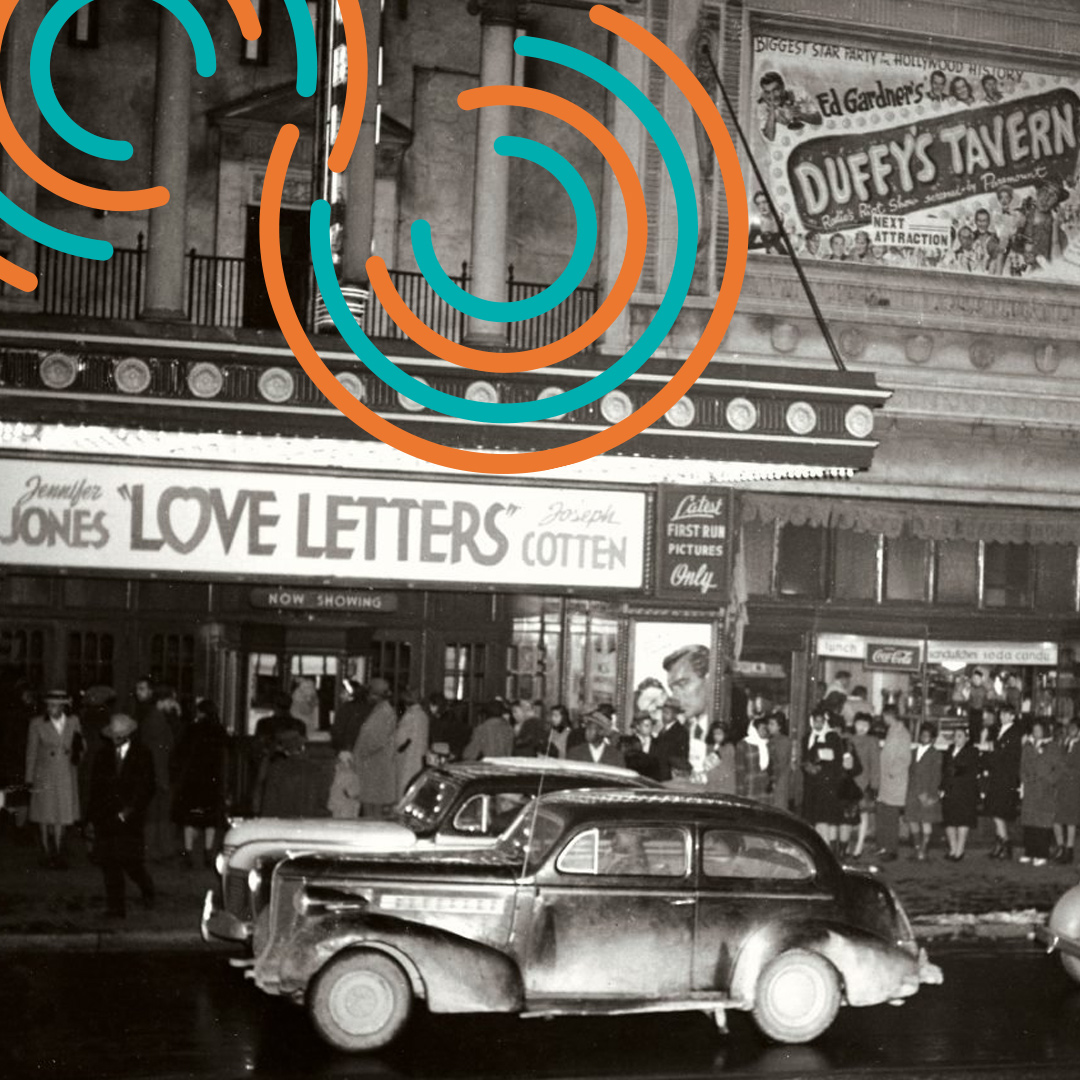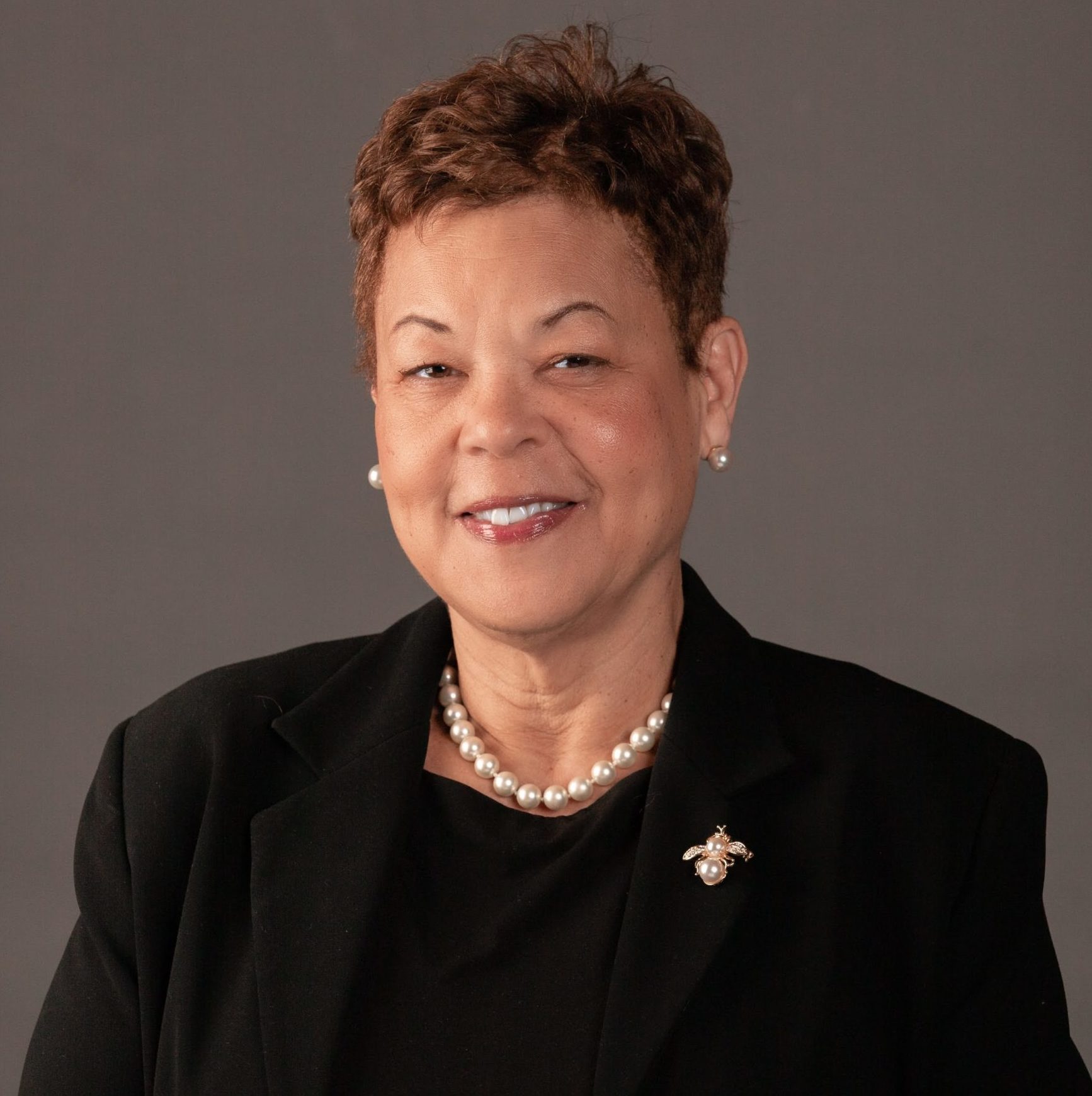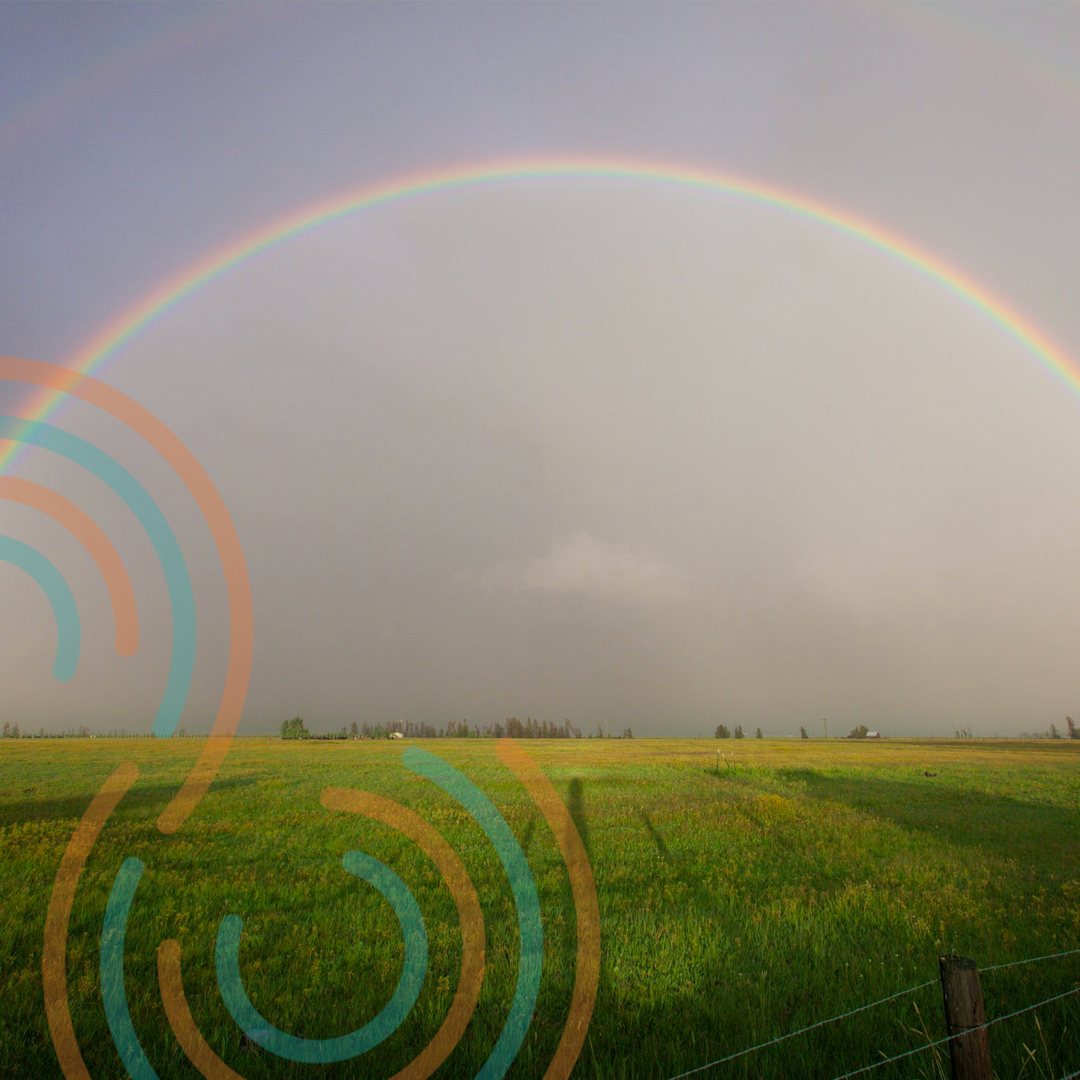I have walked up and down U Street hundreds of times over the past year. As an employee of Octane, I am just minutes away from everything Washington, DC has to offer. I have grabbed lunch from Ben’s Chili Bowl, perused Lincoln Theatre’s upcoming shows, and repeatedly passed the U Street/African American Civil War Memorial metro station. All without really knowing the significance of U Street’s history. Those new to Washington, DC may find themselves more drawn to many of the museums and monuments that fill downtown. I was one of them until a “Greater U Street Heritage Trail” sign caught my attention. You can find them all along U Street, reminding passersby that they are in a special place.

Black Broadway
Once I finally took the time to read one, I learned that U Street was once called “Black Broadway.” This was the epicenter of African American life and commerce in DC in the early 1900s. African Americans subject to Jim Crow laws were able to own businesses and property creating a safe space for social and cultural advancement. There were black lawyers, doctors, and dentists all working in the same neighborhood, eating at black-owned restaurants and doing business with the Industrial Bank, the city’s largest African-American owned bank.

U Street was not just about business and economic growth. It was also a place for culture and entertainment, with musical greats like Duke Ellington, Cab Calloway, Pearl Bailey, Sarah Vaughan and Louis Armstrong performing at Lincoln Theatre. Having this “city within a city” stand as a legacy of black-owned businesses and innovation at a time when African Americans were limited by unjust laws makes the existence of U Street even more remarkable.
Desegregation
Unfortunately, this flourishing area began to fade when DC became desegregated and U Street’s economy collapsed from lack of patrons. As more options became available to African Americans, Black Broadway began to fade from memory and only a few businesses were able to survive.
Greater U Street
So, I appreciate the signs along U Street for sparking my curiosity about this history and opening the door for me to find out more about the city around me. It seems fitting that Octane a black-owned business focused on telling the stories of DC residents, would choose U Street as it’s base of operation. I have discovered numerous articles and books written about the rich history of U Street, these resources have only increased my interest in learning more. There are people all around the country trying to keep the memory of Black Broadway alive. Washingtonian Shellee M. Haynesworth is one of them. She has a multi-platform project that offers a guide to U Street which includes photos and videos. These images help to bring the stories of U Street to life and make this Black History Month even richer. I am glad that after so many months, I finally found U Street.


